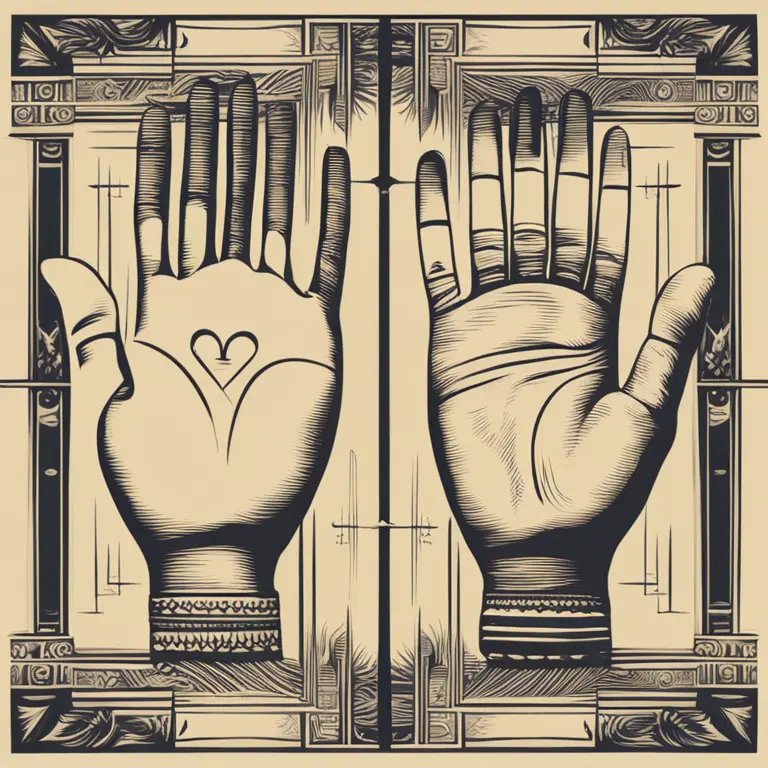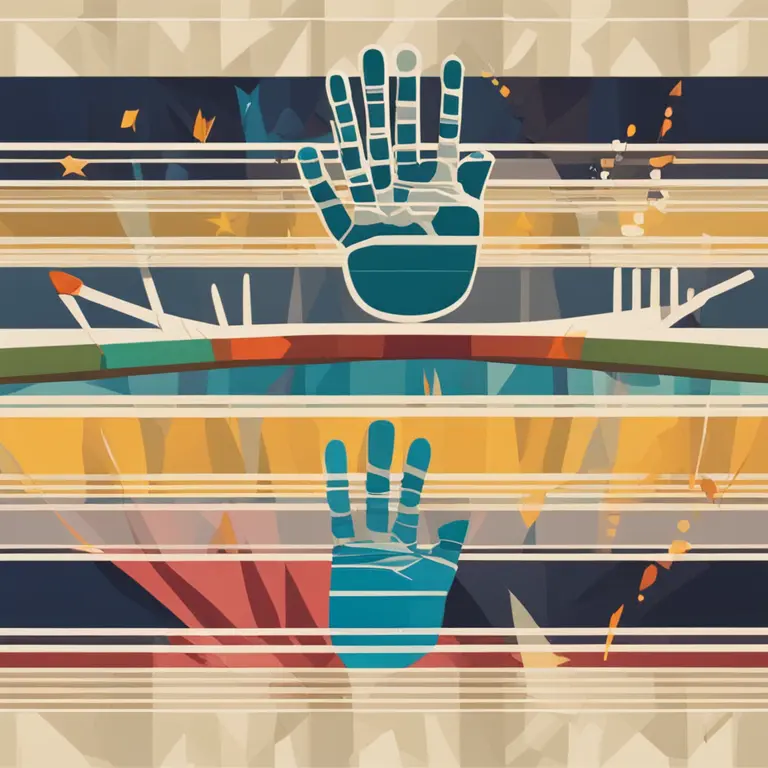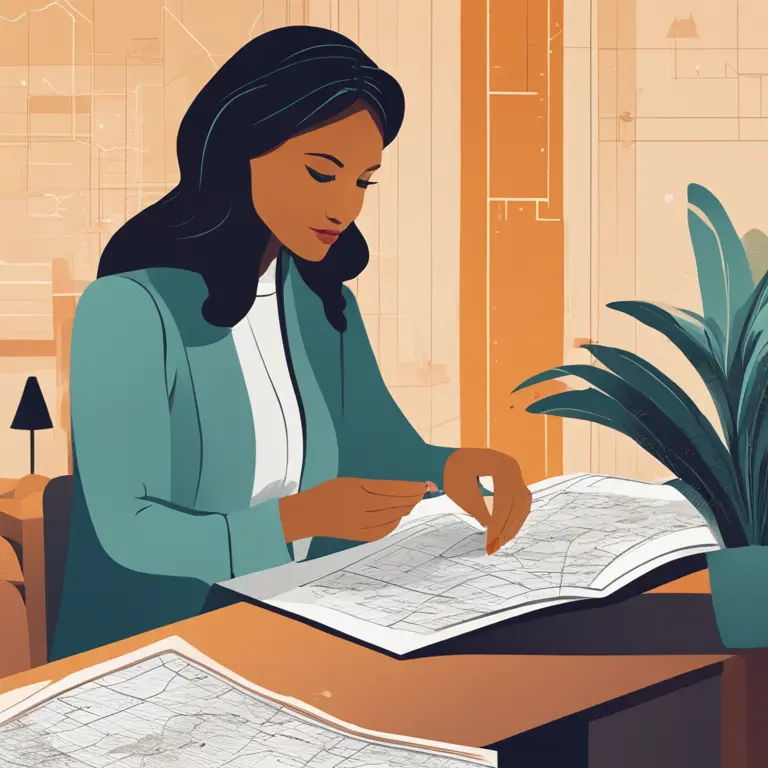
Which Hand to Read in Palmistry: A Guide
Discover the significance of the left and right hands in palmistry and learn which hand gives the most insightful readings.
article by Nora Pennington
Introduction to Palmistry
Palmistry, also known as chiromancy, is the ancient art of reading the lines and features of the hand to unveil personal attributes and predict future events. Rooted in various cultural traditions, palmistry has evolved to incorporate both historical practices and contemporary psychological insights. Practitioners believe that each hand holds unique and meaningful information pertaining to an individual's life path, character, and destiny. In this article, we delve into the specifics of which hand should be the focus when seeking guidance from the lines etched in our palms.

Right Hand vs. Left Hand: The Traditional Approach
Traditionally, palmists consider the left hand to represent potential and what one is born with, such as inherited traits and predispositions. The right hand, conversely, is seen as the manifestation of one’s life choices and experiences. It reflects the evolution from birth to the present. For right-handed individuals, the left hand is referred to as the passive or personal hand, with the right hand labeled as the active or dominant one. This dichotomy is mirrored for left-handed people, where the hands' roles are switched, underscoring the personal significance of one's dominant hand in the practice of palmistry.

Contemporary Views on Hand Selection
In recent years, the interpretation of hands in palmistry has become more nuanced. Some modern palmists advise that a holistic approach, examining both hands, provides a more comprehensive reading. By comparing the lines and features of both hands, it is possible to discern the transformation and growth that an individual has undergone. This comparison can illuminate the ways in which innate dispositions have been shaped by life’s events, choices, and conditions.

Factors Influencing Hand Choice
When deciding which hand to read, several factors may come into play. The age of the individual is significant; younger people may have less disparity between their hands, as they have had less time to experience life's formative influences. Conversely, with age, the dominant hand often reveals a wealth of information related to personal achievements and lessons learned. Additionally, the context of the reading—whether focused on potential or life events—can determine the hand of preference. Professional palmists typically enquire about the client’s specific concerns and goals to better assess which hand would offer the most insight.

The Role of Ambidextrous and Non-Dominant Hands
Less commonly discussed are ambidextrous individuals who may use both hands equally. In such rare cases, the lines may exhibit a unique blend of potential and experience, potentially offering a dual perspective on the person’s life. Similarly, in some schools of palmistry, the non-dominant hand may sometimes hold hidden truths or suppressed aspects of one’s personality and can be especially revealing in specific contexts.
Practical Recommendations for Clients
For those seeking a palm reading, it can be helpful to reflect beforehand on what you hope to gain from the experience. Do you seek insights into your innate nature and talents? Or are you more curious about the impact of your life's journey on your personal development? Communicating your intentions to the palmist can allow for a targeted reading that aligns with your personal inquiries and offers meaningful guidance.
Conclusion
In the practice of palmistry, the debate over which hand to read is ongoing. While tradition suggests distinct roles for the left and right hands, the consensus leans towards an integrative approach. By examining both hands, a palmist can provide a layered and dynamic reading that captures both the essence of who you are and the qualities you have cultivated over time. Ultimately, the choice of hand may come down to the unique interaction between the palmist and the individual seeking wisdom from this timeless art.
Published: 1/11/2024
Modified: 1/12/2024
More predictions
Come back here soon to learn more about yourself and your future


Can Palmistry Predict Your Path Incorrectly?
Delving into the accuracy of palm readings, this article examines whether palmistry can lead to incorrect predictions about one's life and destiny.


The Possibility of Palmistry in Cancer Detection
Examining the claims that palmistry holds any potential in identifying the risk of cancer: a deep dive into the world of mysticism and medicine.


The Efficacy of Palmistry: Real Insight or Fancy?
Delve into the validity of palmistry as a form of divination. Is there a truth behind the lines on our palms, or is it just a charming fancy?